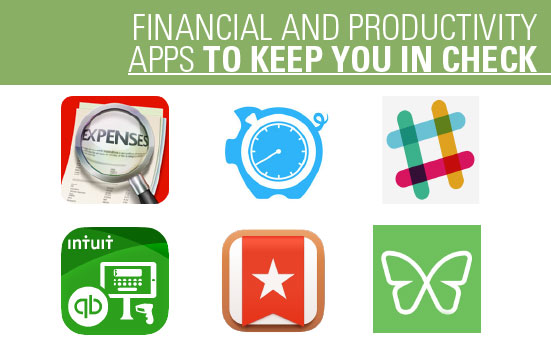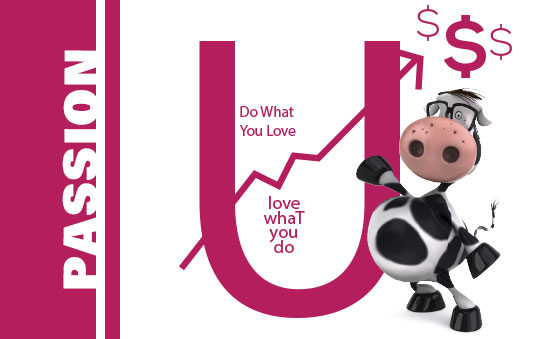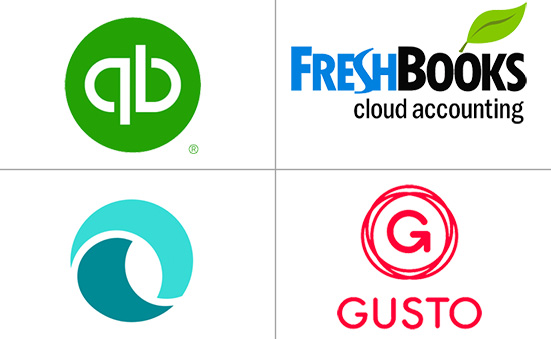Your iPhone can be a powerful tool for business – or a complete distraction. The key to any software program or app is finding the right match for your specific needs or deficiencies and then committing to using the tool so you can take advantage of the benefits. The following are a few apps that may be able to enhance record keeping systems, automatically sync income or expense data with your financial software, increase communication and transparency with your team and boost productivity.
Xpense Tracker
An all-inclusive expense tracking and reporting application for dealers wishing to track their expenses and mileage. It’s power does not end at the iPhone but extends to the desktop by allowing emailing or exporting of the expense files and accompanying photo receipts directly to the desktop.
- Quickly snap shots of receipts for easy scans and financial tracking.
- Track your mileage in real time by using your device’s integrated GPS.
- Export your records in .PDF and .CSV file formats.
Hours Tracker
Need a way to track your time or an effective tool for employees to use so they can send you time reports? Clock in and out as you work. Or, add entries yourself in just a few quick taps. Time entries are automatically created when you clock out.
Easily review your past entries, grouped by day, week, month or pay period. You can easily export your data by job, date or selection. Choose to export as a text summary or in spreadsheet-ready CSV format.
SLACK
All your team communication in one place. Slack is a new way to get more done, spend less time in meetings and reduce email.
- Real-time messaging and file sharing for one-to-one and group conversations.
- Powerful search and archiving, so you can find information easily.
- Instantly syncs across all devices.
- Configurable notifications for desktop, mobile, and email.
- Proven to make your working life simpler, more pleasant, and more productive.
Quickbooks Payment Pro
GET PAID QUICKLY … ANYWHERE, ANYTIME. Plug the card reader into your iPhone or iPad and swipe credit cards quickly and securely. Or, if you don’t have a card reader, you can always scan a card with your camera or key in the card details directly.
Your customer signs right on your device to authorize the payment. Then, you can email or text a receipt to your customer. Accepting a payment takes just a few taps from start to finish.
Wunderlist
Wunderlist allows dealers to access their to-do lists from almost anywhere. Star important tasks, create multiple lists, sort by due date and priority and add tasks via e-mail.
Since multiple parties can edit lists, the app doubles up as a collaboration tool that works across desktop and mobile.
Freedom – Reduce Distractions
With so many distractions and possibilities in your digital life, it’s easy to get scattered. Freedom blocks digital distractions so you can be more productive. Start a Freedom session, and you’re blocked from all distractions on your phone or tablet. Freedom gives you peace and quiet, so you can accomplish more.
Rescue Time: Android alternative


